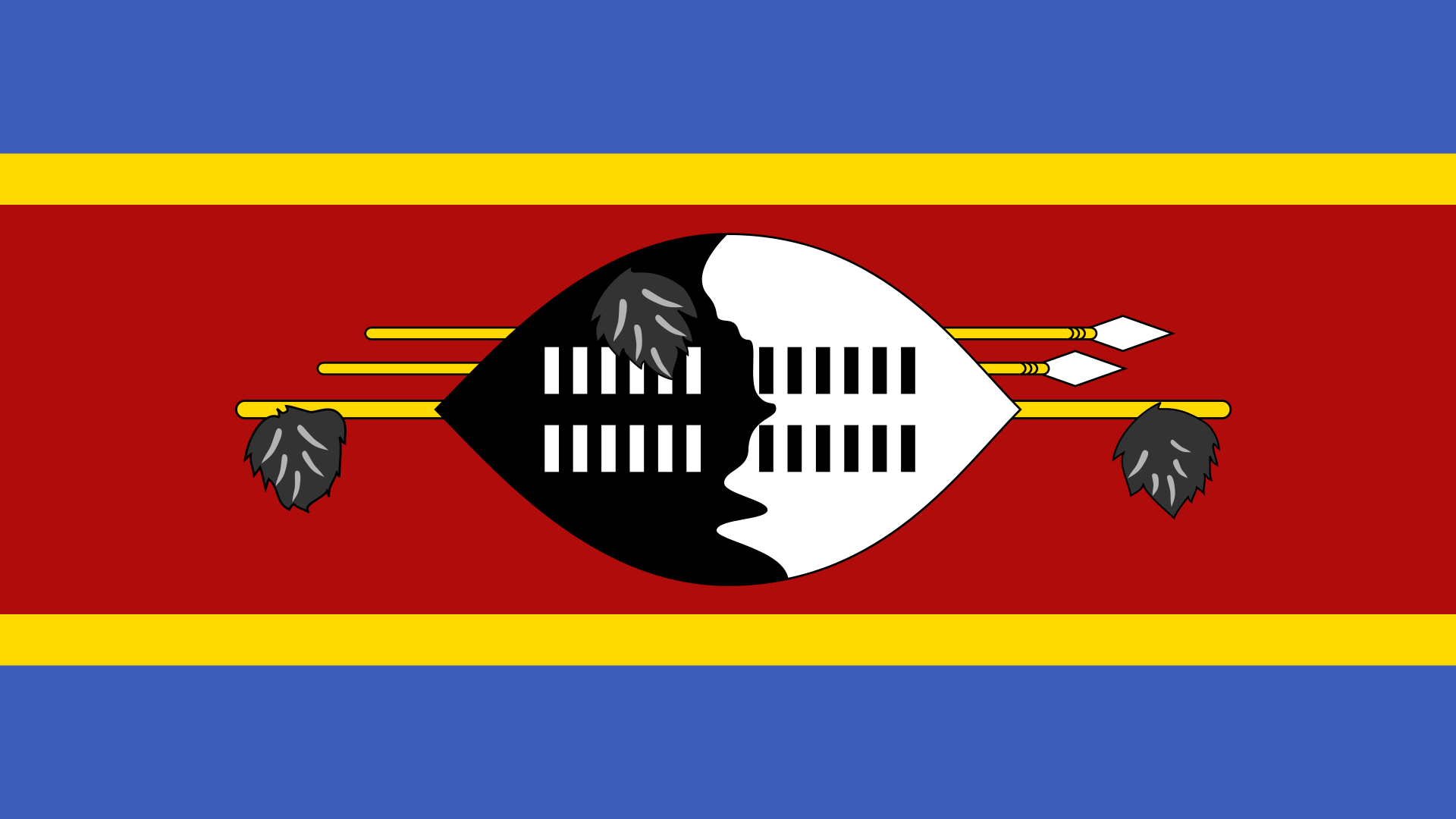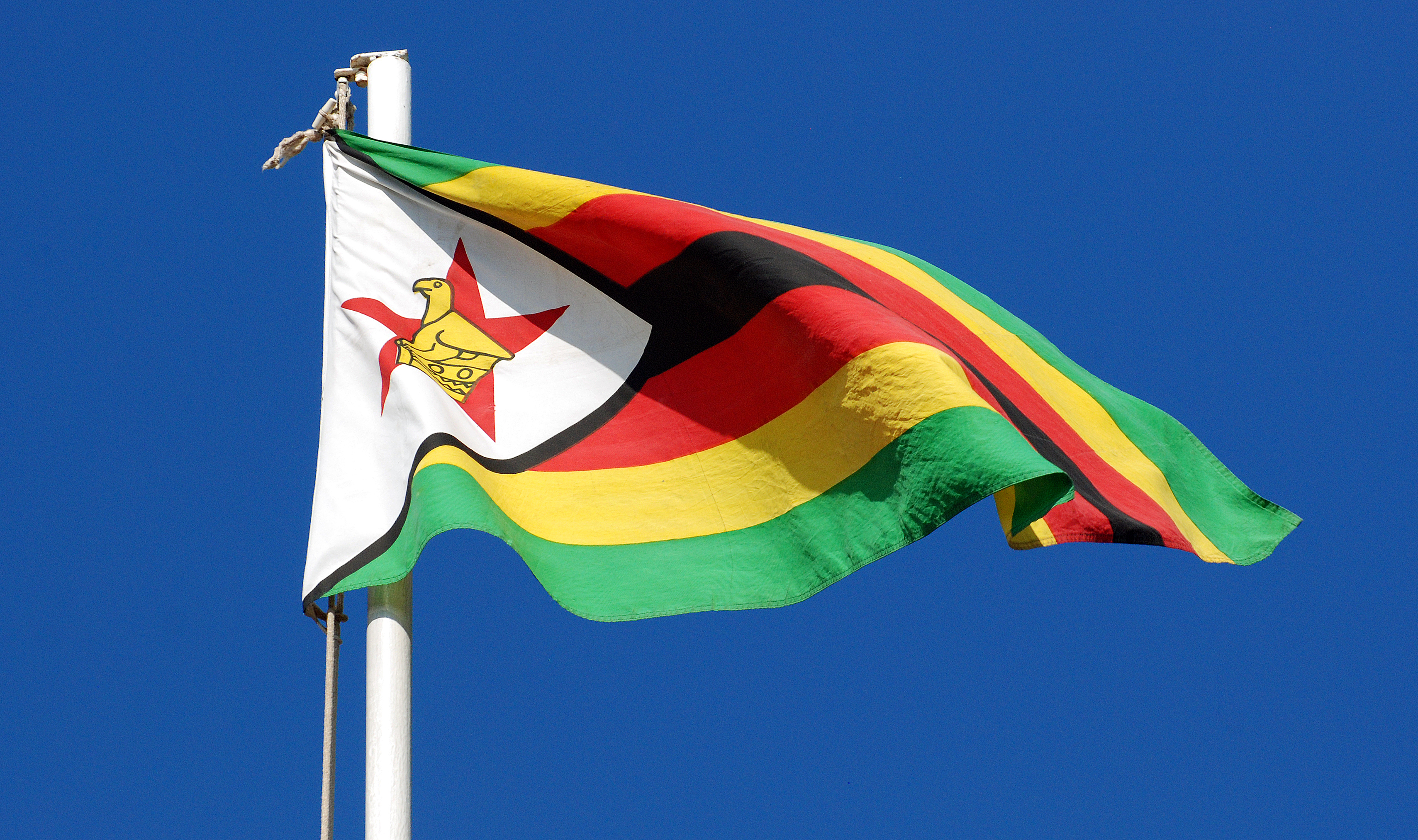Throughout history, countries have modified their names for a wide range of reasons, starting from colonial legacies and political changes to cultural identity and historical reclamation. These changes often represent significant changes in a nation’s identity and global perception.
Below are notable examples of nations which have officially modified their names, each carrying with it a story of national transformation and redefinition.
1. Burma to Burma
In 1989, the military government of Burma officially modified the country’s name to Burma. The decision was taken shortly after the brutal crackdown on pro-democracy protesters in 1988 and was a part of a broader effort by the ruling junta to distance the nation from its colonial past.
Although “Burma” has been a commonly used name since British colonialism, “Myanmar” is taken into account a more formal version of the name in Burmese.
This change was politically controversial, nonetheless, as many democratic opposition groups and Western governments continued to make use of the term “Burma” for years, arguing that the military regime lacked legitimacy.
Over time, most international bodies, including the United Nations, adopted the name “Myanmar”, and this name is now widely known.
2. Ceylon to Sri Lanka

Sri Lanka, previously often called Ceylon, officially adopted its latest name in 1972 when it became a republic. The name “Ceylon” was a colonial legacy, derived from Portuguese, Dutch and British rule over the island.
After gaining independence from Great Britain in 1948, the country initially retained the name Ceylon. However, with the establishment of a brand new republican structure in 1972, the name was modified to Sri Lanka, which suggests “resplendent island” in Sanskrit.
The change marked a move towards embracing indigenous culture and national identity, rejecting colonial-era nomenclature in favor of a reputation rooted in local heritage.
3. Swaziland to Eswatini

In 2018, King Mswati III of Swaziland announced that the country would return to its pre-colonial name Eswatini. The announcement was made during celebrations marking the fiftieth anniversary of independence from British colonial rule and the king’s fiftieth birthday.
“Eswatini” means “land of Swaziland” in Swazi. The name change was intended to eliminate confusion between Swaziland and Switzerland, and at the identical time strengthen the sense of national pride and identity.
But critics questioned the timing and value of the changes in a rustic struggling economically. Nevertheless, this transformation was widely accepted at home and abroad.
4. Rhodesia to Zimbabwe

The country formerly often called Rhodesia officially became Zimbabwe in 1980, after years of guerrilla warfare and a negotiated end to white minority rule. “Rhodesia” was named after the British imperialist Cecil Rhodes and symbolized colonial oppression.
After a protracted liberation struggle led by nationalist movements, the country gained independence under the Lancaster House Agreement.
The latest name, Zimbabwe, was inspired by Great Zimbabwe, an ancient African city that represented a proud pre-colonial civilization.
The name change marked a big shift towards reclaiming African identity and rejecting the colonial legacy, and Robert Mugabe became the primary prime minister of an independent nation.
5. Macedonia to North Macedonia
The Republic of Macedonia officially modified its name to North Macedonia in 2019 after a decades-long dispute with Greece. After the breakup of Yugoslavia within the early Nineteen Nineties, Macedonia declared independence under the name “Republic of Macedonia”.
However, Greece opposed this name because additionally it is the name of a historical and nation-state in northern Greece. The dispute has hampered Macedonia’s aspirations to affix the European Union and NATO.
After years of negotiations, the Prespa Agreement was signed in 2018 and the name “North Macedonia” was adopted in 2019. This compromise opened the strategy to improving relations with Greece and advancing towards membership within the EU and NATO.
6. Persia to Iran

In 1935, the federal government of Persia demanded that the international community call the country by its native name, Iran.
Although the name Persia has been utilized in the West for hundreds of years, especially to explain the traditional Persian Empire, the term “Iran” has at all times been used internally.
This move, initiated by Reza Shah, was a part of a broader modernization effort aimed toward asserting national sovereignty and reducing the influence of foreign powers. The name Iran means “land of the Aryans”, reflecting the country’s Indo-European heritage.
Although the name Persia remains to be utilized in cultural and historical contexts, the official term has since been “Iran”.
7. From Zaire to the Democratic Republic of the Congo

From 1971 to 1997, the country now often called the Democratic Republic of the Congo was called Zaire. The name change was initiated by President Mobutu Sese Seko as a part of his “Authenticity” campaign to do away with colonial influences and promote African identity.
The word “Zaire” comes from a Portuguese mispronunciation of a neighborhood term defensivewhich suggests “the river that swallows all rivers.” In 1997, after the overthrow of Mobutu by Laurent-Désiré Kabila, the country returned to its former name – the Democratic Republic of the Congo.
The Restoration marked a break with Mobutu’s authoritarian regime and a step towards rebuilding the country.










